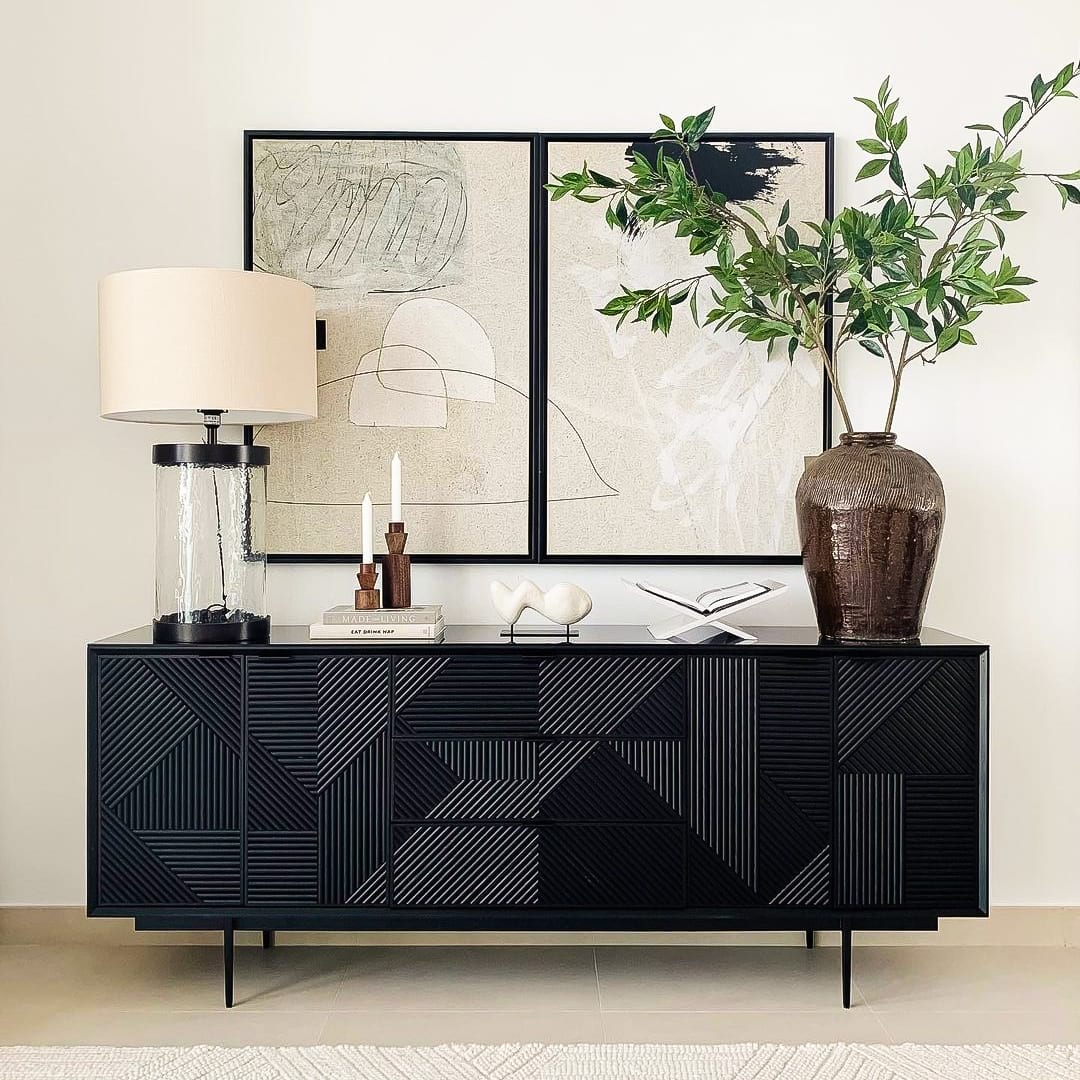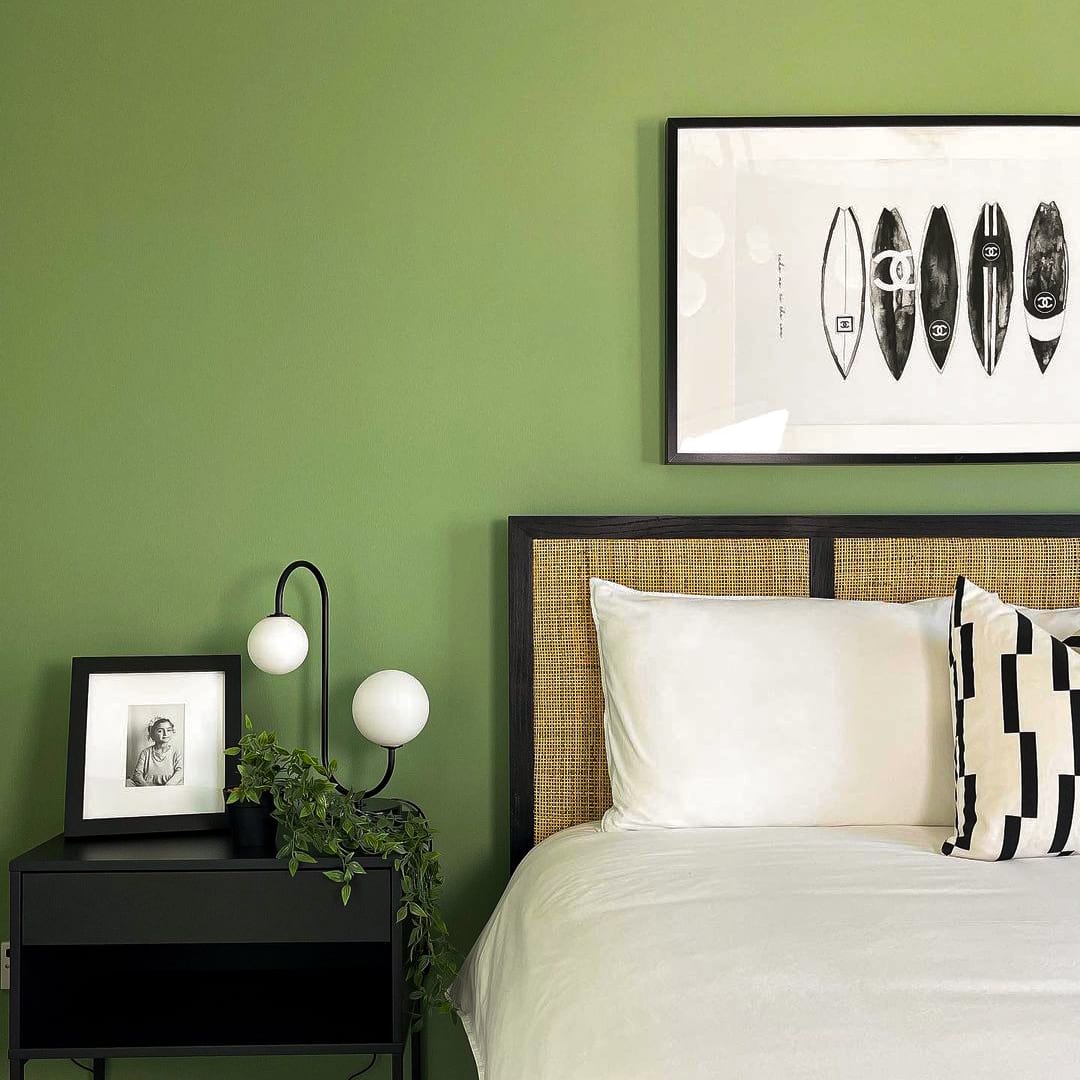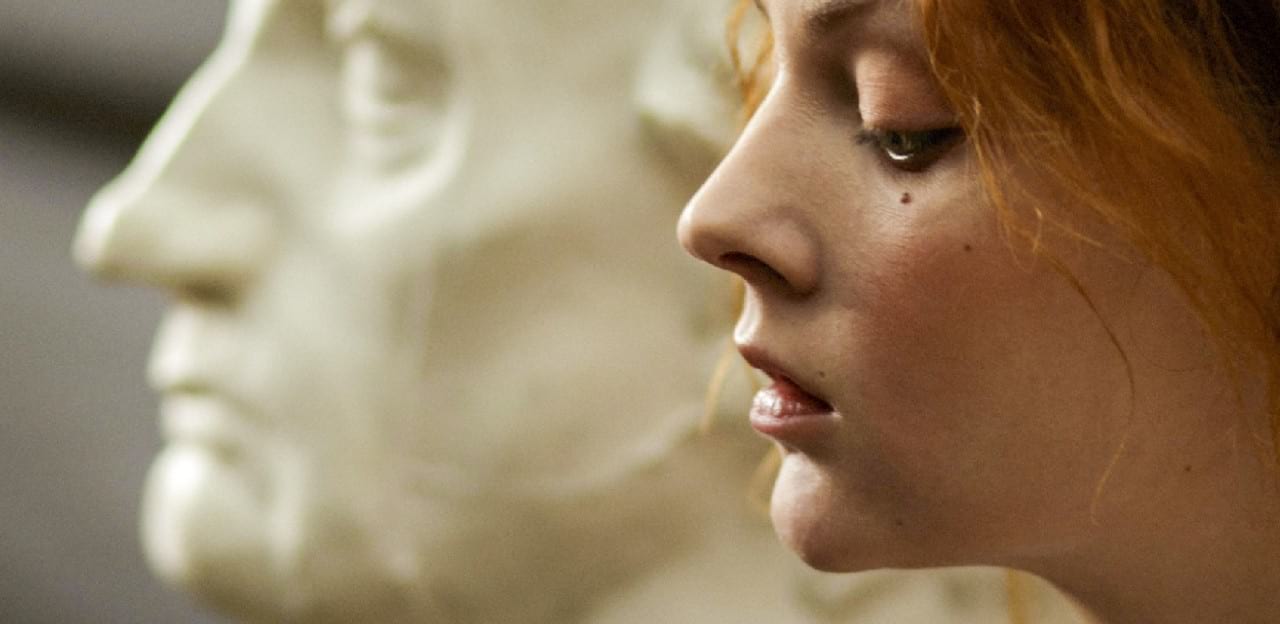Study The Form (Volume 1)
Study The Form Volume 1 - How Understanding Art Forms Can Unlock A World of Choices
Knowledge is power and the world of art is no different. Choosing a preferred option from a limited selection might seem like an easy option but by limiting your scope, you might also limiting the variety of styles and forms available. This might mean that the piece you would connect with the most never even makes it onto your menu.


By studying forms, even lightly, you can learn to identify what you like and appreciate and perhaps tailor your collection a little better to your own style and aesthetic. It might also help you recognise features within the space you are decorating that would suit specific styles or forms. But how do you work out what is what? We have a handy guide to some of the most popular styles and how to spot them.
Art Nouveau
Born from the style that was popularised between 1890-1910, these pieces are characterised by natural themes, often in the form of plant life, presented in smooth, fine, flowing and asymmetrical lines. Repeated patterns and borders are also common in art nouveau pieces. Architectural features often include large shapes with smooth, rounded edges, often in imitation of organic elements. Decorative flourishes and fine details make these structures easily recognisable.
Explore latest <em><strong><a href="https://www.drawdeck.com/catalog/wall-art/" target="_blank">wall print</a></strong></em> ideas!
Baroque
Baroque style can be identified by obvious and exaggerated motion, almost like an action shot of a specific moment. Think of paintings like Rembrandt’s The Night Watch, where the all the people pictured are engaged in some kind of action. Baroque architecture is generally bold and decadent. The use of features like domes to mimic the open sky and grand, sweeping staircases allowed people to view pieces and buildings from many vantage points and the designers took full advantage, with floor-to-ceiling creations that had floating angels, optical illusions and sculpted frames to add a 3D effect.
Expressionism
Associated with fantasy and distortion, expressionism became popular between 1905-1920 and was more concerned with personal and emotional experience than physical appearance or reality. What these artists committed to canvas were striking images that conveyed familiar sentiments through aggressive or jarring imagery. Expressionist architecture is unconventional and easily picked out. Famous examples include the Sydney Opera House, Einstein Tower in Berlin, and the Walt Disney Concert Hall.
Wondering where to buy art prints? <em><strong><a href="https://www.drawdeck.com/" target="_blank">Click here!</a></strong></em>
These are just a few of the styles available and we will continue this guide with further entries over the coming weeks. <em><a href="https://www.drawdeck.com/catalog/art-prints" target="_blank">Fancy adding some new art prints to your living space? Click here to browse a variety of styles and forms available at Drawdeck</a></em>.





